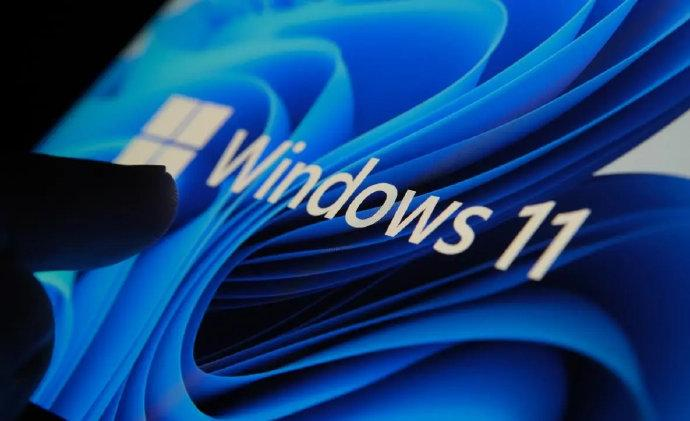Microsoft's 400 Million Windows User Exodus: A Deep Dives
Microsoft's Windows operating system, as one of the most widely used operating systems globally, has always been a focal point in the industry for its user base changes. According to a blog post by Yusuf Mehdi, Microsoft's Executive Vice President, there are currently over 1 billion active devices running the Windows system worldwide. However, compared to the data in Microsoft's 2022 annual report, which indicated that over 1.4 billion devices were using Windows 10/11, this comparison clearly reveals a fact: in the past three years, the user base of Windows has significantly shrunk, with a reduction of approximately 400 million users.
Causes of User Loss
Behind the phenomenon of user loss lies the intertwined impact of multiple factors. From a market competition perspective, the rise of Apple's macOS has posed strong competition to Windows. Particularly, the introduction of Apple's self-developed chips (Apple Silicon), which have shown excellent performance and energy efficiency, has attracted the attention of many users. Despite this, not all Windows users who have left have turned to Mac, as Mac sales have also been declining since 2023. Meanwhile, other operating systems such as Linux have also taken a share of the market to some extent.
In addition, the rapid development of mobile devices has also had an impact on the Windows user base. With the increasing capabilities of smartphones and tablets, more and more users are turning to these more portable devices for everyday internet use, communication, and entertainment, most of which do not use the Windows system. For example, in the tablet market, Android and iPadOS dominate. During the pandemic, the demand for working from home drove a significant increase in PC sales, and the number of active users and devices for Windows 10 also surged rapidly. However, after the pandemic, the demand for working from home decreased, and users' dependence on PCs also diminished.
 There are also some issues with the Windows system itself that have affected the user experience. Windows 11 still has some shortcomings in design and functionality, such as the lack of a unified dark mode and complex setup processes, which have led to poor user feedback. Moreover, the requirement for Windows 11 to be connected to the internet and to log in with a Microsoft account to set up a new device has also troubled and even repelled many users. Many older devices cannot be upgraded to Windows 11, which may lead some users to abandon the Windows system when they replace their devices.
There are also some issues with the Windows system itself that have affected the user experience. Windows 11 still has some shortcomings in design and functionality, such as the lack of a unified dark mode and complex setup processes, which have led to poor user feedback. Moreover, the requirement for Windows 11 to be connected to the internet and to log in with a Microsoft account to set up a new device has also troubled and even repelled many users. Many older devices cannot be upgraded to Windows 11, which may lead some users to abandon the Windows system when they replace their devices.
Microsoft's Response Measures
Faced with the challenge of user loss, Microsoft has taken a series of response measures. On the one hand, Microsoft has been actively promoting users to upgrade to Windows 11. As older operating systems gradually stop being supported, Microsoft hopes that users will install the latest version of Windows on their existing computers. Although there are some issues with the market acceptance of Windows 11, Microsoft is still continuously improving and optimizing the system to enhance the user experience.
On the other hand, Microsoft is also constantly expanding its business areas and is committed to diversified business development. In recent years, Microsoft has been committed to business diversification. The revenue share of its personal computing division (including Xbox and Windows) is less than 20%, while the intelligent cloud division accounts for 38.2%, and the productivity and business division accounts for 42.73%. In the future, Microsoft may further increase its investment in cloud services, productivity software, and other fields to reduce its dependence on the Windows system business.
Conclusion
In summary, the loss of approximately 400 million Microsoft Windows users over the past three years is the result of a combination of factors, including market competition, changes in user needs, and issues with the Windows system itself. Faced with this challenge, Microsoft has responded by promoting system upgrades and diversifying its business. In the future, Microsoft needs to further optimize its business layout while enhancing the user experience of the Windows system to adapt to the ever-changing market environment.
Discover Conevo IC Distributor
As a leading distributor of high-quality semiconductor chips, Semicon offer a wide range of products, including FPGA, memory, PMIC, DSP, and more. Our extensive inventory and robust chips supply chain ensure that you get the right components quickly and efficiently. Here are some of our top recommended IC models:
● ADL5561ACPZ-R7: A high-performance RF amplifier with excellent gain and noise figure characteristics.
● AP63300WU-7: A high-efficiency synchronous buck converter designed for low power applications.
● FM28V020-SGTR: A non-volatile memory with high reliability and endurance, suitable for a variety of industrial applications.
Website: www.conevoelec.com
Email: info@conevoelec.com








